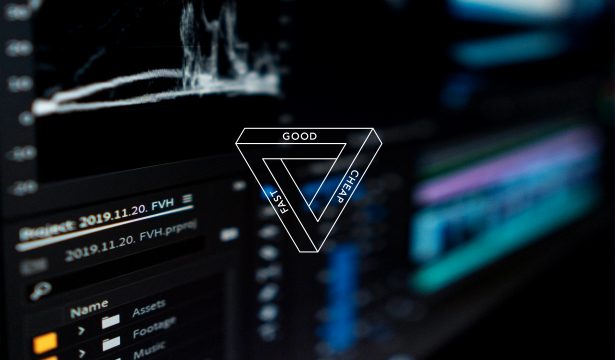 Back
Back
Experiencing the world while physically static with VR
It’s been a little over a year now since the first COVID-19 case was reported in Canada, and while many industries struggled last year, VR, like many other technologies has triumphed. This isn’t shocking by any means but does raise some questions about how & why VR has done so well.
If we look back at history real quick, we’d realize that humans have always had to physically move from their direct environment to gain major emotional & learning experiences…that’s not necessarily the case anymore. As with many other things in life, advancements in technology have once again served us convenience. This time around, all sorts of experiences can be brought to us directly while we stay rooted in one spot. All thanks to Virtual Reality (VR) & the accompanying headsets!
By this point, we’re all familiar with VR and have seen it used in various ad campaigns by large brands (Patron, Mercedes Benz…) to tell their stories & immerse audiences in unforgettable experiences. What was once thought of as gameplay tech is now essential to brands and industries that are fully reliant on in-person experiences. Over the past year, the Event Planning industry has seen a rise in VR use. This technology is being utilized to bring back the in-person events that we aren’t able to live out during a pandemic. The beauty of it all is that those in-person experiences are being brought back in a refreshing, socially distant, and, most importantly, in a global way. Funny how the virus that bound us to our homes is also the thing that pushed tech to get us to experience the globe.
While the progression of VR is intriguing, its effects on human health & behaviour is of much more interest to me. I can’t help but imagine our future as a society to be full of physical staticity while our brains are out experiencing the world. The latter is extremely exciting but is it worth a potential decline in health? While there are positive effects to VR, more recent studies have shown negative consequences of the tech in its current state such as cyber sickness and emotional distress. Like any emerging technology, there will always be positive and negative consequences (take a look at the many documentaries & articles about social media), so the best plan of action should be approaching VR’s growth in an ethical manner. Perhaps the integration of VR in industries like Fitness is part of the solution. VR could become a more prominent part of fitness offerings to help balance out the physical and mental toll of the experience.
I’m excited to see this growth take place because VR is not going anywhere but forward. It is still growing and will eventually serve as more than a platform on which brands can tell their stories. When monetization becomes a bigger part of it, eCommerce could get integrated as well and targeted ads in any given experience could soon become a reality (though the ethics behind this are questionable). Until then, it is not too early to start asking yourself “how can VR serve my current business needs & future brand innovations”. After all, VR headsets are becoming increasingly accessible to multiple demographics due to their low price point. With that kind of accessibility comes more applicability across brands & categories…maybe your audience is one of the many people with a VR headset at home.





